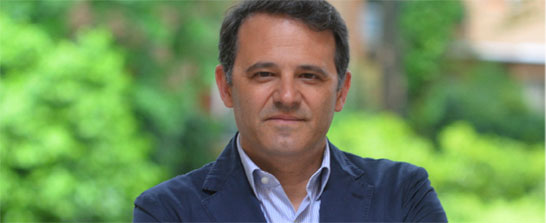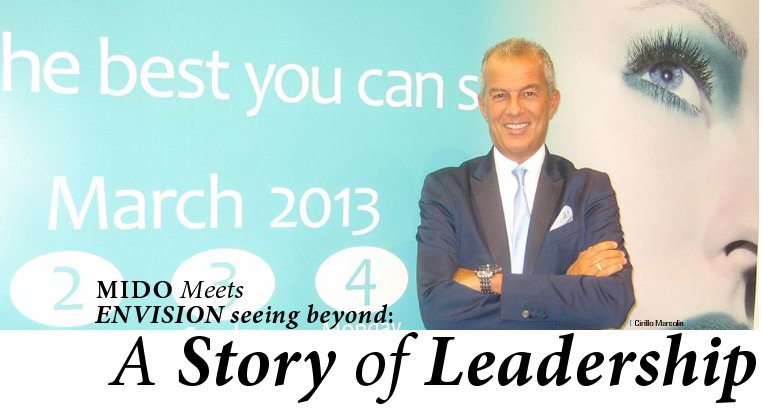In September 2017, Barbara Piper was named the new president of Essilor Canada. Piper has spent more than 18 years with the company, most recently as vice president, key accounts strategies & solutions for Essilor of America.
Martine Breton, publisher of Envision: seeing beyond magazine, recently met with Piper to discuss the company’s role in the community and its plans for the future.
MB: What are your main goals with respect to growing Essilor?
BP: My first goal, given the challenges we face, is to refocus ourselves and the company on our customers and their needs. It’s crucial that we regain the trust of some of our customers. We can do this and show leadership through quality, service and innovation in our products. It’s critical that we be the valued partners they expect us to be.
MB: Does Essilor have any plans to make acquisitions in the near future?
BP: With respect to Essilor Canada, I’m focused first on improving our internal processes and activities and refocusing on our customers and their needs. That’s where we have a role to play as leaders in the Canadian market.
MB: How do you foresee the Canadian vision market evolving in the next five years?
BP: It’s rapidly changing and transforming and Essilor’s role is to help our customer partners navigate these changes. We’re seeing new channels, delivery methods, product types, consumer purchasing behaviours and lifestyles.
One example is digital: 72 per cent of consumers aged 18-39 use three devices a day. This may damage their vision, so how do we address that? As an industry, we must look at how to create awareness of the issues, including more discussion about blue light protection and the need for UV protection all year long.
MB: What is your greatest aspiration for the world of vision?
BP: I’m very passionate about our industry and I’ve seen first-hand what we can do when we come together as an industry to solve vision problems.
Many people seem more concerned about the health of their smiles than their eyes. That’s not right. The comprehensive eye exam is an amazing tool as part of primary care but it’s under-utilized.
I don’t think enough people understand the important role of eye health in our daily lives and in the education of children. Eighty per cent of what a child learns before the age of 12 comes through their eyes. And 86 per cent of Canadian kids have not even had a comprehensive eye exam before age 6.
MB: How does Essilor plan to become involved socially to help improve eye health for Canadians?
BP: We spend over $1.2 million annually in communities across the country. In 2017, we conducted over 25,000 vision screenings. At our national sales meeting in January, our entire team took half a day to visit schools and, with the help of the Eye Disease Foundation, conducted close to 400 screenings. Forty-seven per cent of the kids we saw needed an eye exam of whom 15 per cent were emergency referrals. There’s a lot to do to help Canadians see and live better and we’re always looking for ways to do more in the community.
MB: Does Essilor have any plans for other community programs in Canada that you can share?
BP: I’m working with the Essilor Vision Foundation to see if we can elevate it and perhaps refocus our efforts in Canada. We have plans that we’re not ready to announce yet but there are things in the works that I think everyone will be very excited about. Stay tuned.
MB: Finally, how do you see Essilor’s positioning as an eyecare supplier in the optical industry five years from now?
BP: I don’t see us as an eyecare supplier. I really see us as a key industry partner. If you think about it, we don’t just provide products to our partners, we build innovative solutions by leveraging our assets. It’s much more than products. Of course, it’s innovation but it’s also services, awareness, marketing, community outreach – there are a lot of pieces that we’re bringing together with the goal of growing and helping our customers create value.
Our industry is transforming rapidly. Market dynamics and consumers are changing the way they look at eyewear and eye care. That transformation can be perceived as a challenge. I would like to reframe it so we see challenges as opportunities. How can we, as an industry, adapt and make the most of these opportunities? As a key partner in the industry, Essilor is here to help our partners harness those changes, grow with them and help them to transform themselves.
In the end we all want to help Canadians see better. I think we can work together to figure out the best way to harness change. It’s our responsibility as a leader to make sure we have a healthy, thriving and sustainable industry in Canada.
Interview by Martine Breton, Transcript by JoAnne Sommers

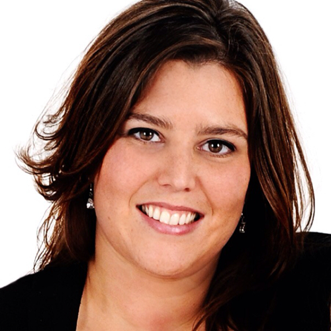
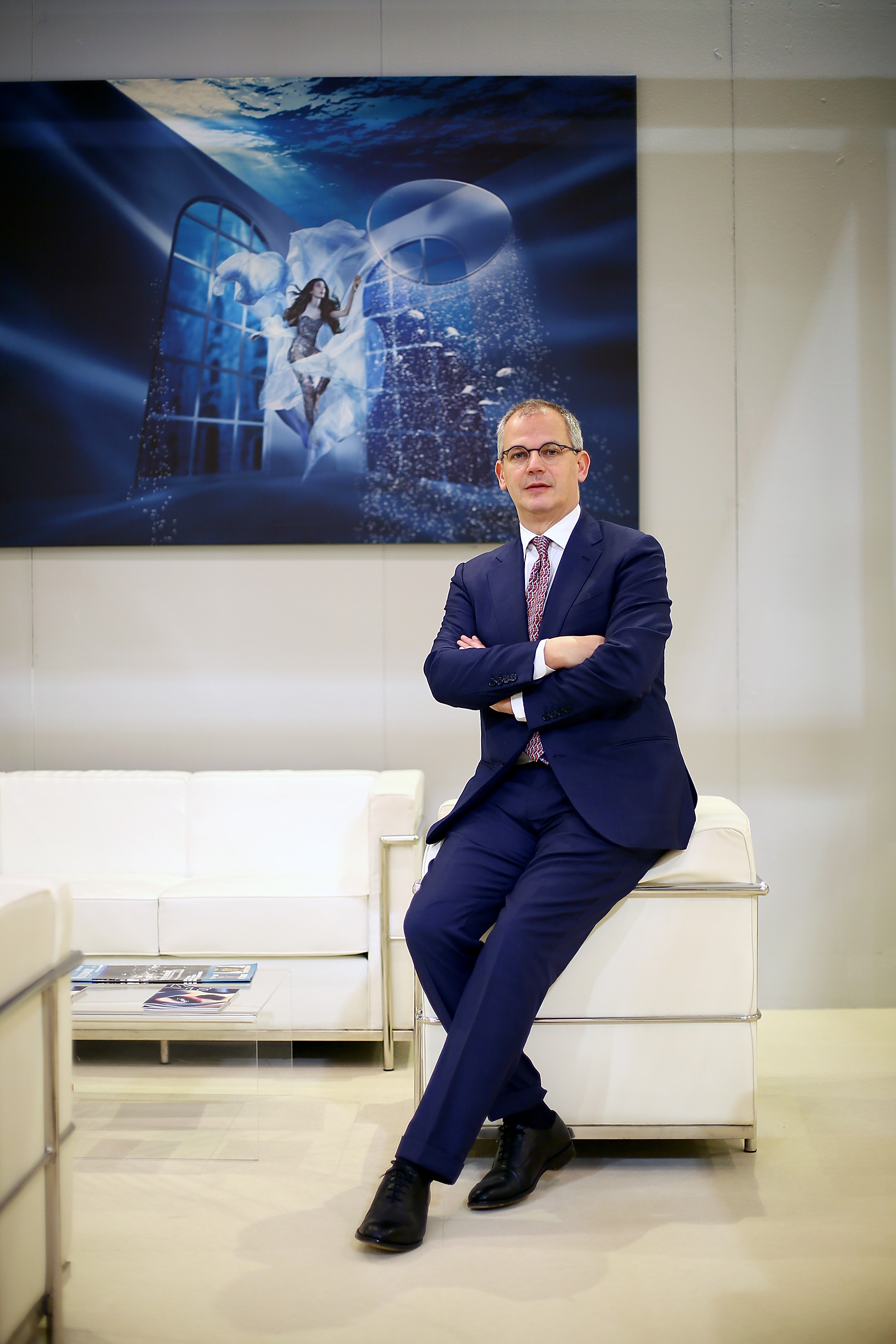
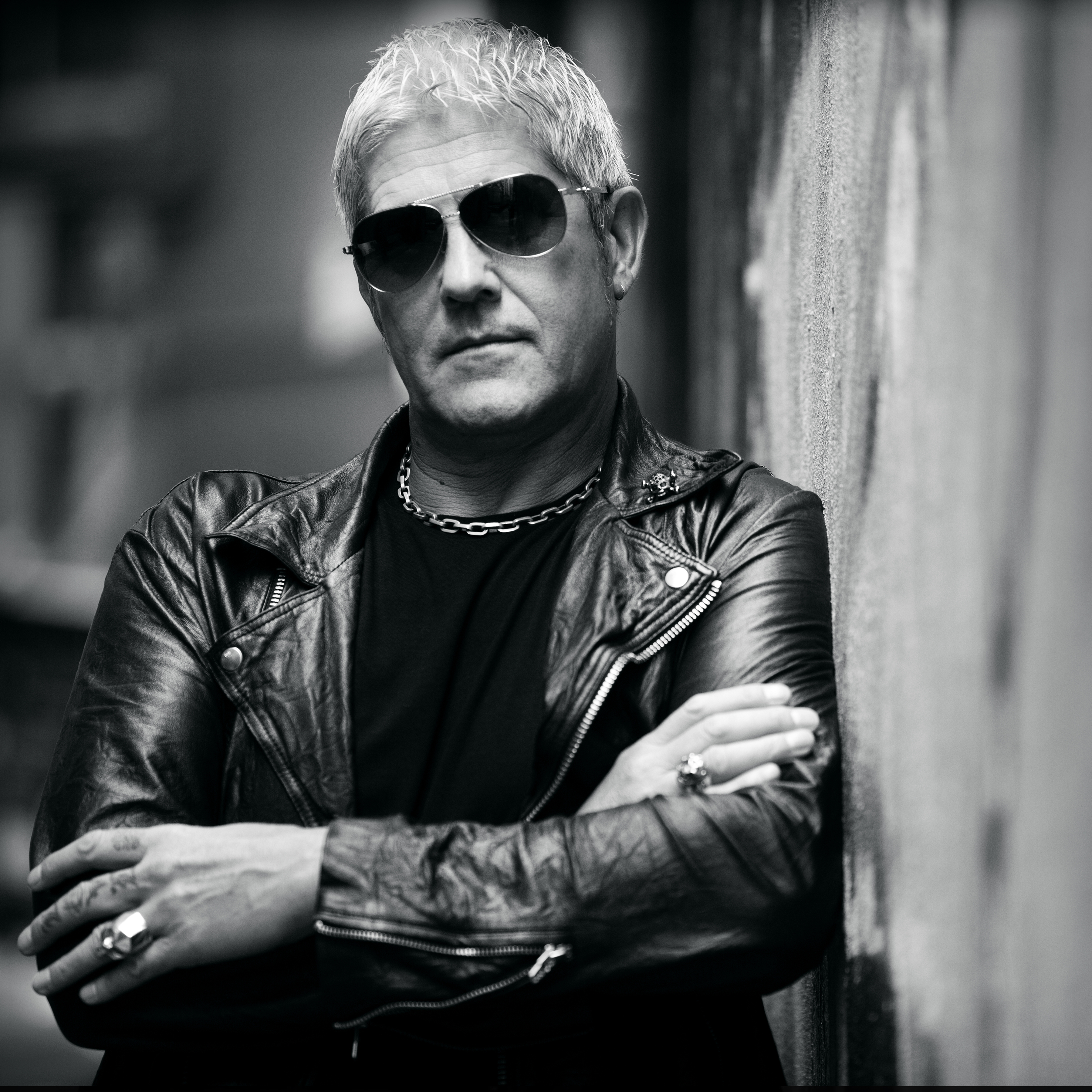

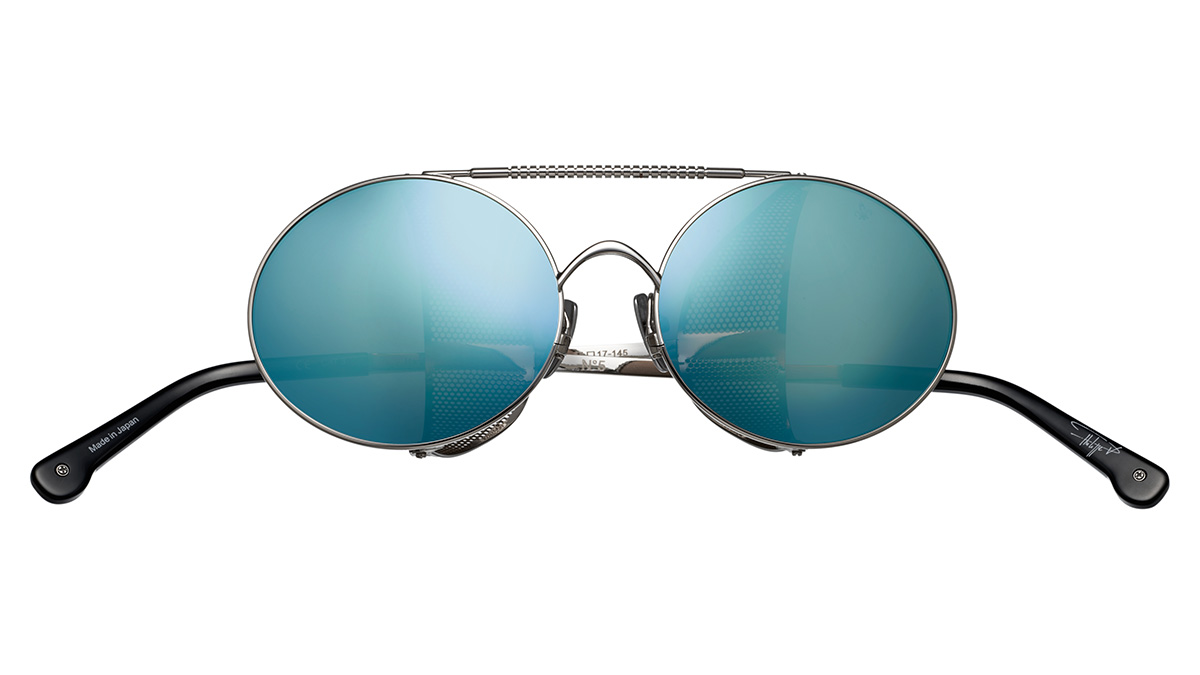
 Silmo President Philippe Lafont took time to speak with Envision: seeing beyond magazine about the upcoming show and how his team is responding to new ways of doing business. Here is our interview:
Silmo President Philippe Lafont took time to speak with Envision: seeing beyond magazine about the upcoming show and how his team is responding to new ways of doing business. Here is our interview: 